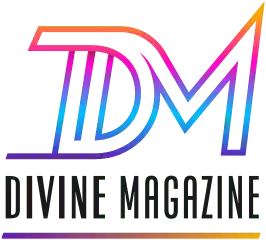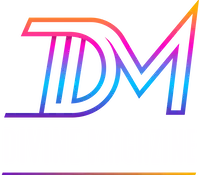Table of Contents
In the intricate landscape of special education, a unique and often overlooked perspective is the intersection of technological empowerment and personalized learning strategies. This intersection, particularly in the realm of helping kids learn to code, offers a fresh lens through which we can understand individualized education.
The Fusion of Coding and Customized Learning
Learning to code online presents an exemplary case of how individualized education can be both engaging and effective. Coding, inherently logical yet creatively freeing, caters to a wide range of learning styles and needs. For children requiring an Individualized Education Program (IEP), coding not only enhances cognitive skills like problem-solving and logical thinking but also aligns with personalized learning objectives.
Consider the case of Emma, a 10-year-old with dyslexia. Traditional classroom settings were challenging for her, often leaving her disengaged. However, when introduced to coding through an online platform, Emma found a medium where she could learn at her own pace, using visual and interactive tools that made learning more accessible and enjoyable. Coding became a gateway for Emma to engage with educational content tailored to her learning needs.
Navigating the Jargon: Understanding IEPs
Delving into the world of IEPs, one often encounters a labyrinth of technical terms and legal intricacies. Each state has its unique regulations and frameworks, adding layers of complexity for parents and educators. Amidst this complexity, the human element – the child’s unique needs, abilities, and potential – should remain at the forefront.
To demystify this process, let’s break down the key components of an effective IEP. At its core, an IEP is a collaborative effort aimed at designing a learning path that accommodates and stimulates the individual learner. It involves detailed assessments, goal setting, and the integration of appropriate educational strategies and resources.
Case Study: A Tailored Approach to Learning
An insightful example of individualized education in action is the story of Alex, a student with Autism Spectrum Disorder (ASD). Alex’s IEP incorporated a blend of traditional learning methods and digital tools, including interactive coding games. These games provided a structured yet flexible environment where Alex could excel at his own pace. This approach not only catered to his learning style but also helped him develop essential life skills like patience and perseverance.
Beyond the Classroom: Extending Learning into the Digital Realm
The concept of individualized education extends beyond the physical classroom. Digital platforms and online resources offer an expansive array of learning opportunities. For children who thrive in less traditional learning environments, online coding classes can be a game-changer.
These platforms offer a variety of learning experiences, from guided tutorials to open-ended projects, allowing children to explore, experiment, and learn in ways that resonate with their individual interests and abilities. This flexibility is particularly beneficial for children on IEPs, as it enables educators and parents to tailor learning experiences to each child’s unique needs.
The Role of Parents and Educators in Facilitating Individualized Learning
A crucial aspect of individualized education is the active involvement of parents and educators. Their role extends beyond the administrative tasks of setting up an IEP. It involves being attuned to the child’s interests, strengths, and challenges and actively seeking out resources and experiences that align with these.
For example, if a child shows an affinity for technology, integrating coding lessons into their IEP could provide a stimulating and effective learning experience. Parents and educators need to be proactive, resourceful, and open to exploring unconventional educational tools and methods.
Conclusion: Embracing the Future of Individualized Education
Individualized education, especially when infused with modern technological tools like coding, represents a future where learning is not just tailored to each child’s needs but also engaging, relevant, and empowering. By embracing this approach, we can create educational experiences that are not only effective but also transformative, fostering a generation of learners who are not just educated but inspired.
As we navigate the evolving landscape of special education, it’s important to remember that at the heart of every IEP, every lesson plan, and every educational tool is a child with unique potential. Our challenge and opportunity lie in unlocking that potential through personalized, innovative, and compassionate education.


